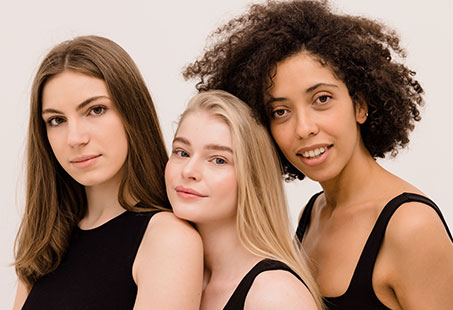Hair type usually refers to the straightness, waviness or curliness of a person’s hair. However, that’s not all it is.
Some people take it to mean the thickness of hair, its porosity, or even its elasticity. But usually, it’s the amount of curl pattern present or absent that distinguishes different hair types from each other.
And knowing about your hair type can actually help you get your hair routine right. It can tell you more about what your hair needs or doesn’t need. That way, you might have more of those good hair days.
But other than that, your hair type can also have implications for your hair transplant – if you’re planning to have one. And sometimes, something as small as a hair type might make you unsuitable for hair transplant surgery.
What Is A Hair Type?
Your hair type refers to the extent of curliness of your hair. If it’s completely absent, you have straight hair (Type 1).
If you have some degree of it, you have wavy hair (Type 2). And if you have noticeable curls, you have curly hair (Type 3). And lastly, if your curls are like tight coils, you have coily hair (Type 4).

But this classification is not so simplistic. Within each category, there are various degrees of variations.
For instance, wavy hair is characterised by the presence of an “S” shape. But the waviness of the hair changes depending on how present that S shape is.
Andre Walker – a hairstylist who won an Emmy for his work on The Oprah Winfrey show – developed this hair type classification system that most people are aware of.
Although it’s helpful, things aren’t so cut and dry even there. You don’t always belong to one category of hair type.
In fact, it can be somewhere in between curly and wavy, for example. Interestingly enough, your hair type may also differ on different parts of your scalp (think frizzy, wavy hairline, straight-er crown hair).
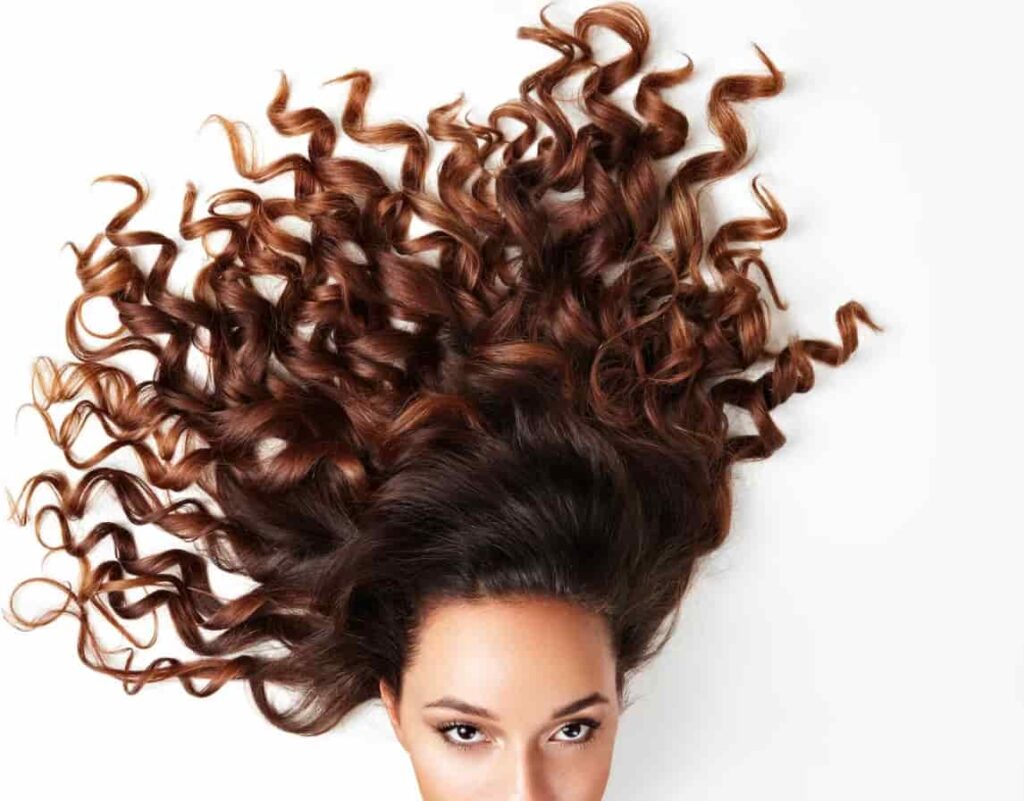
And even the moisture-absorbing ability of your hair (porosity) may be related to the type of hair you have. Straight hair is least porous, while coily hair is the most porous of all.
You can do a float test to check this. Least porous hair tends to float, while the most porous hair tends to sink.
Besides the traditional “hair type,” there’s also the hair structure, which refers to the diameter of the hair strand. It can be fine, medium or thick.
Elasticity is also used to classify hair sometimes, depending on how stretchable your hair is.
In any case, the important thing to remember is that you can’t change your hair type from a fundamental level.
But there are things people do to change that, such as perming, straightening, curling, blow-outs, hydrating serums, masks, etc.
What Are The Different Hair Types?
As mentioned above, there are 4 different hair types, but there are further classifications among them. Let’s take a closer look at each category.
Straight Hair Types (Type 1a-1c)
Straight hair type is referred to as Type 1 hair. As the name suggests, the hair is straight without any curls. But the degree of straightness itself can vary as follows:
- 1a Hair Type – Dead straight hair that can’t even hold a curl
- 1b Hair Type – Still straight, but the hair has more volume
- 1c Hair Type – Straight but with a very slight wave
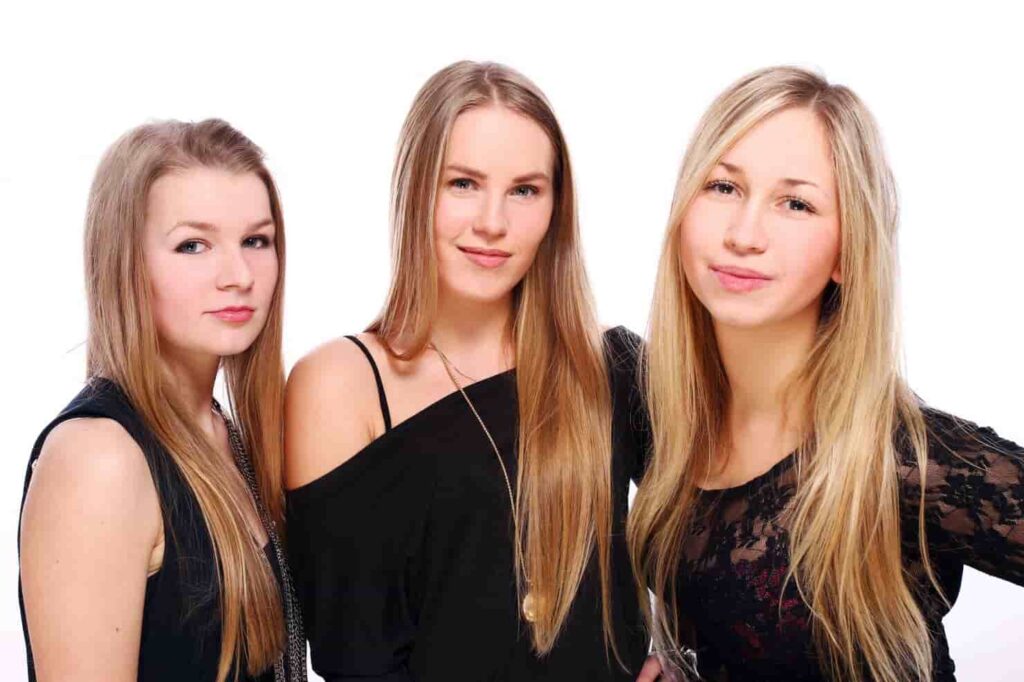
While this hair can be very manageable, it does tend to be oilier. Being straight, the oil easily travels down the length of the hair.
Wavy Hair Types (Type 2a-2c)
The wavy hair type falls between the straight and curly hair types.
It’s not straight because it has S-shaped waves, but it’s not curly either because there are no actual curls.
But overall, this hair type can look fuller and more voluminous because of the wave itself. The three subcategories of this hair type are as follows:
- 2a Hair Type – Loose, stretched-out waves
- 2b Hair Type – Relatively shorter S-shaped curl pattern
- 2c Hair Type – Distinct S-shaped curl pattern

Just like straight hair, wavy hair may also have oil issues. But unlike straight hair, this hair type has a tendency to be frizzy.
Curly Hair Types (Type 3a-3c)
Spring-like defined curls in the hair are what make it curly. But there are degrees to this curliness, which are as follows:
- 3a Hair Type – Loose, wavy-ish but bouncy curls
- 3b Hair Type – Tighter curls that tend to bounce back
- 3c Hair Type – Thick and tight corkscrew curls

Unlike the first two hair types, curly hair tends to be on the drier side. And this is because the oil can’t travel down the hair shaft as easily.
Coily Hair Types
Coily hair is when you have tight and dense curls in your hair that may form a zig-zag pattern. Its classifications are as follows:
- 4a Hair Type – Tightly coiled curls
- 4b Hair Type – Zig-zag pattern with tight coils
- 4c Hair Type – Kinky with tighter curls forming an O-shaped pattern
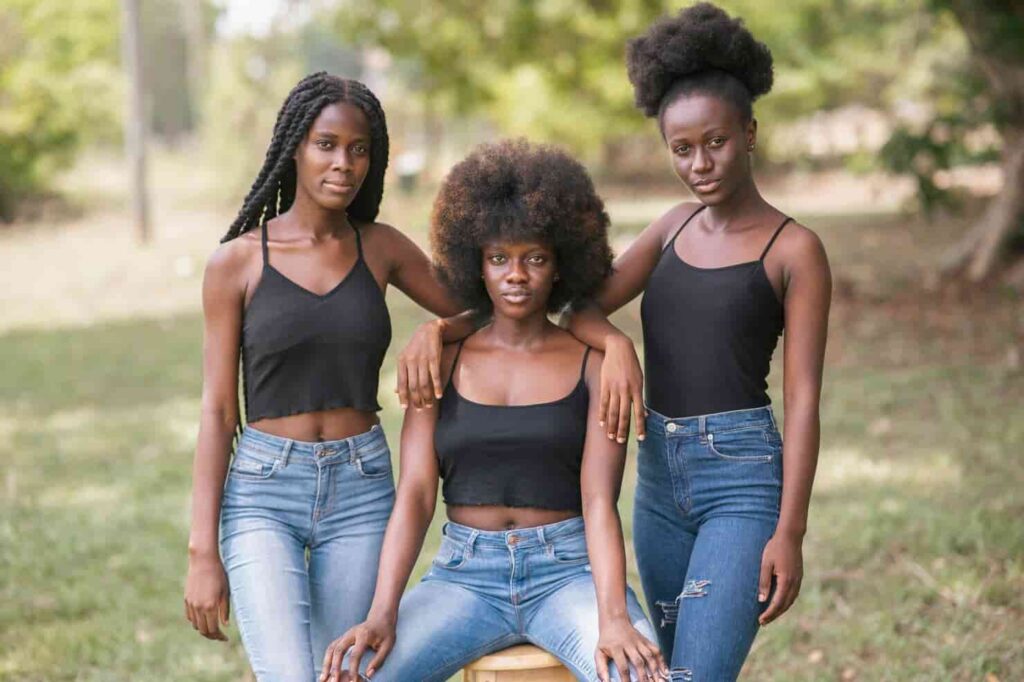
This hair type tends to be frizzy, drier and easily breakable. Managing the hair can also be difficult.
How To Know Your Hair Type?
A closer examination of your hair strands should help you determine your hair type. Just make sure to hold up a few strands of your hair in front of a mirror (in good light) and look at them closely.
Of course, you should do this when your hair is in its completely natural state. After you’ve bathed, let your hair air dry, and then examine your hair.
Keep in mind, however, your hair may not necessarily fall into one distinct category or subcategory. For instance, just between the curly and coily hair types, there’s quite a bit of an overlap.
What Determines Hair Type?
According to Medline, whether your hair is straight, wavy or curly is significantly determined by your genetics. It also influences how thick your hair is going to be.

A study published in The American Journal of Human Genetics also reported that how curly your hair is is associated with how your hair keratins are distributed and what cells you have within the hair fibre.
And it’s important to note that having curly-haired parents doesn’t guarantee that your hair will be curly as well.
It’s possible for you to end up with straight hair genes from your ancestors, which can influence its final makeup.
Other than genetics, the environment you live in also impacts your hair type in a deterministic way. Humidity and even coldness can make the hair frizzy.
Another external factor that can determine your hair type is medical treatment. For instance, people can temporarily develop chemo curls while undergoing chemotherapy.
Research published in the Journal of Drugs in Dermatology reported that hair texture changes can occur as a side effect of the following drugs:
- Antineoplastics (anticancer drugs)
- Antiepileptics
- Retinoids
- Immunomodulators
- Antiretroviral therapy
Does Hair Type Matter In Hair Transplantation?
Your hair type can matter in a hair transplant because it can affect how easily the hair grafts are extracted from the donor areas (back and sides of the scalp).
Normally, it’s not an issue, but with the more curly hair types, this can become an issue if it’s not possible to extract grafts easily.
For this reason, a FOX test may precede your hair transplant in Turkey. It’s done to check the overall transection rate (accidentally cut follicles – it shouldn’t be high) and the ease with which they can be extracted.
Can Hair Transplantation Be Done For All Hair Types?
All hair types are suitable for a hair transplant. However, the surgery isn’t equally easy for all hair types.
With curly or coily hair, the surgeon has to be very careful when extracting grafts. The curl in the root might not yield enough viable hair grafts.
And if this happens, you won’t be able to achieve good density in your bald spots. This doesn’t mean that those with curly or coily hair shouldn’t or cannot get a hair transplant.
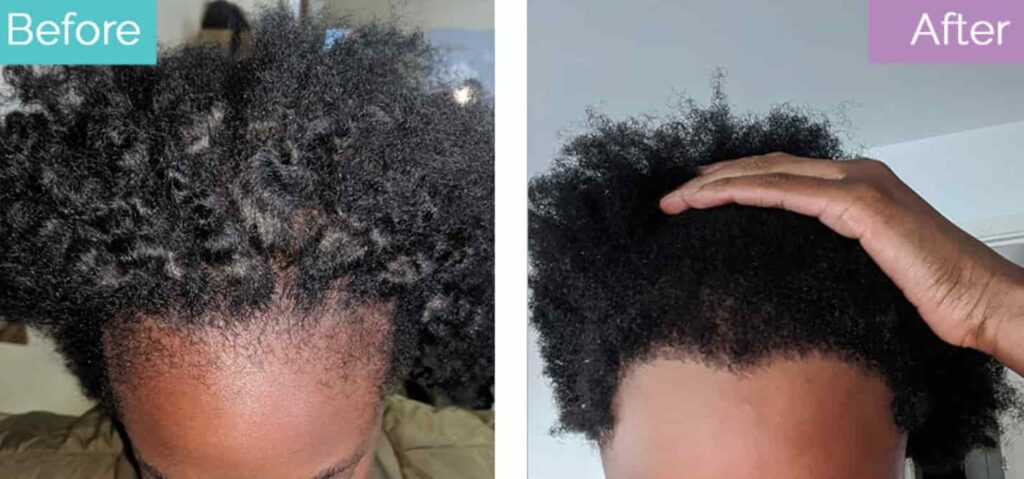
Many people have successfully had a hair transplant with this hair type. It’s just that you should be prepared for a possibility where you might not be suitable for this surgery.
Conclusion
There are many different types of hair in this world. And not one hair type is better than the other. All hair, no matter how straight or curly it is, is beautiful. And each hair type has its own sets of challenges.
While you cannot change the genetics of your hair type, it’s possible to change it for some time through professional or at-home treatments. Still, you should be careful about this as some of these practices can damage your natural hair.
And if you’re unsure about getting a hair transplant with your hair type, make sure to get in touch with a qualified and experienced medical professional.
Reviewed and Approved by Trichologist Yaprak Yazan
FAQs
Can hair type change?
You can artificially change your hair type (temporarily) with salon or at-home treatments. However, weather and medical treatments can also end up changing your hair type.
Are hair types genetic?
Hair types are strongly influenced by your genetics. Your genes may also interact with each other to determine your final hair type.
Does hair type matter?
Your hair type matters in that it can help you find the right hair products. That way, you can take better care of your hair.
Which type of hair is strongest?
Straight hair is likely to be the strongest because the oil doesn’t let the hair get dry, which is what happens in curly and coily hair.
